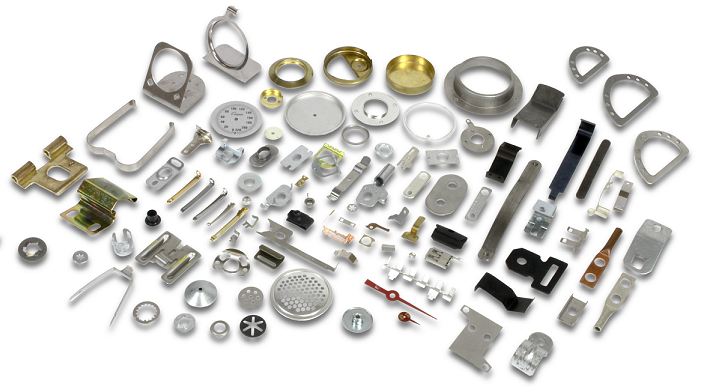As an important part of modern manufacturing, metal stamping parts are widely used in many fields such as automobiles, electronics, aerospace, and home appliances. Its unique manufacturing process and wide range of applications make metal stamping parts a bridge between design and production. This article will introduce the complete process of metal stamping parts from design to production in detail to help you better understand this precision manufacturing process.
1. Design stage: the collision of creativity and technology
Design is the starting point of metal stamping production and a key factor in determining its performance, quality and cost. Designers need to use CAD (computer-aided design) and other software for preliminary design based on customer needs and product functional requirements. In the design process, factors such as material selection, feasibility of stamping process, precision and size of parts need to be fully considered.
After the design is completed, detailed design verification is required, including simulating the stamping process, analyzing the stress of parts, and evaluating production costs. This step is crucial to ensure the feasibility of the design scheme and optimize production costs.
2. Mold design and manufacturing: guarantee of precision and efficiency
The mold is the core tool for the production of metal stamping parts, and its design and manufacturing quality directly affect the quality and production efficiency of stamping parts. According to the design drawings, the mold designer will develop a detailed mold design plan, including the structure of the mold, material selection, heat treatment process, etc.
The mold manufacturing process includes mold processing, assembly, debugging and other links. During the processing, high-precision CNC machine tools and machining centers are required to ensure the accuracy and dimensional stability of the mold. During the assembly and debugging stages, the mold needs to be strictly inspected and tested to ensure that it can meet production requirements.
3. Stamping production: coordination of process and equipment
Stamping production is the core link in the manufacture of metal stamping parts. During the stamping process, the metal sheet needs to be placed in the mold, and the pressure of the stamping machine is used to make the metal sheet plastically deformed to form the required part shape.
Stamping production needs to strictly follow the production process, including material preparation, mold installation, stamping operation, part removal and other steps. In the production process, advanced stamping equipment and processes, such as multi-station stamping machines and continuous stamping lines, are required to improve production efficiency and product quality.
4. Quality inspection and post-processing: dual guarantee of quality and safety
Quality inspection is an important link in the production process of metal stamping parts. After the stamping is completed, the parts need to be strictly measured, inspected and tested for performance to ensure that they meet the design requirements and quality standards.
For unqualified parts, they need to be repaired or scrapped. At the same time, the mold needs to be regularly maintained and maintained to ensure its long-term stable operation.
The post-processing stage includes steps such as surface treatment, cleaning, and rust prevention of parts. These steps can further improve the corrosion resistance and aesthetics of the parts to meet the diverse needs of customers.

Post time: Nov-27-2024






